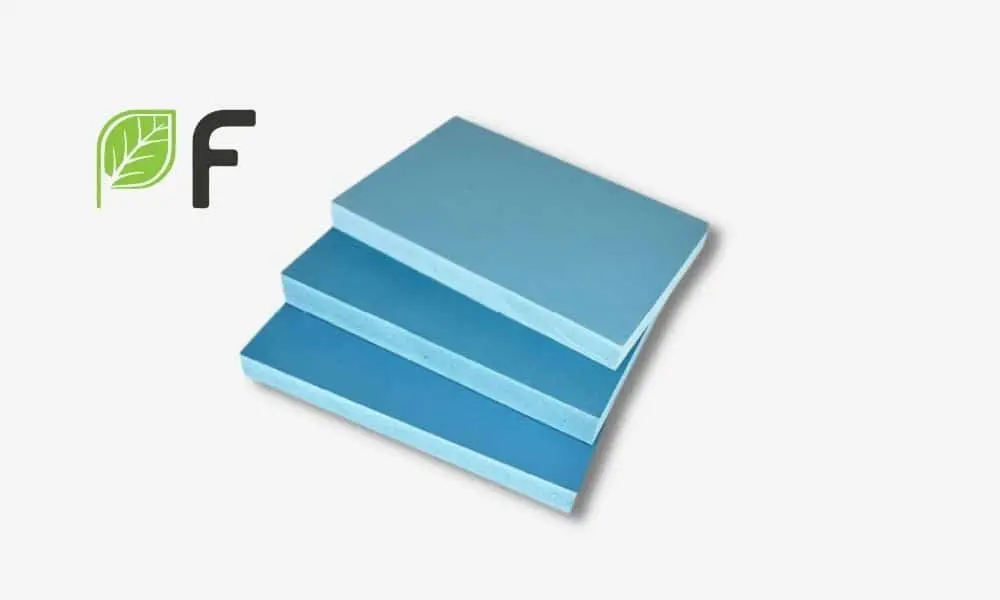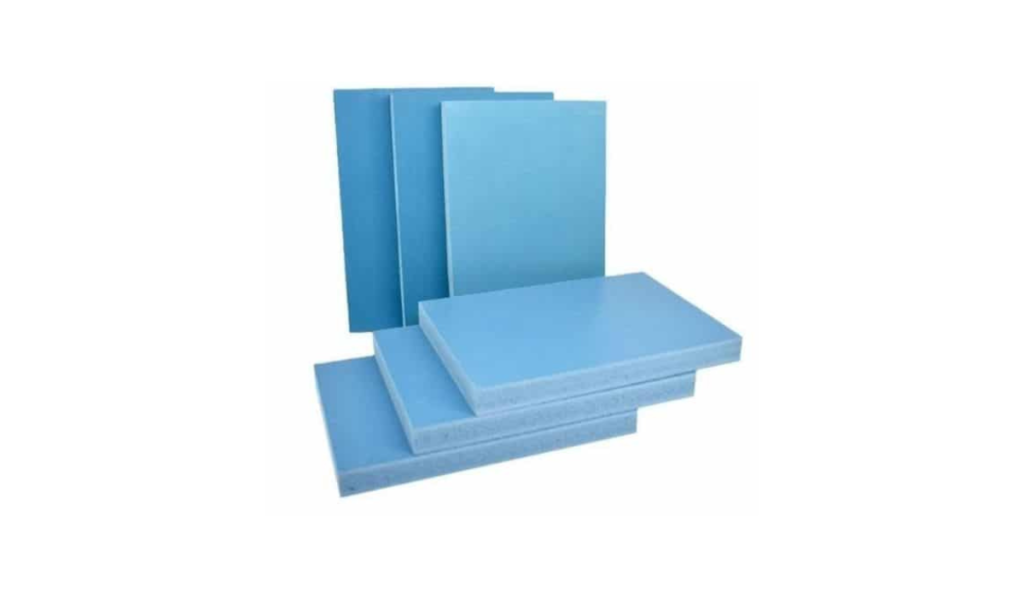Last updated on October 19th, 2024 at 03:23 am
When it comes to formwork in construction, choosing the right material is crucial for both the short- and long-term success of a project. Traditionally, plywood has been the go-to material for formwork, offering flexibility and affordability.
However, recent advancements in plastic formwork have provided contractors with a more durable, sustainable, and reusable option. The decision between plywood and plastic isn’t just about cost — it’s about the future of your projects and your bottom line.
In this blog, we will dive deep into the key differences between plywood and plastic formwork, highlighting the benefits and challenges of each.
By the end, you’ll understand why more construction professionals are making the switch to plastic formwork and why you should consider doing the same.
The Role of Formwork in Construction
Formwork plays a critical role in construction by providing the temporary molds into which concrete is poured to achieve its final shape. The material used for formwork must be strong enough to support the weight of wet concrete while being easy to install and remove. Traditionally, plywood has been the dominant material for this purpose, but plastic formwork is quickly gaining ground as an innovative alternative that promises a range of benefits.
Plywood Formwork: The Traditional Choice
For decades, plywood has been the industry standard for formwork, largely due to its affordability and ease of use. It’s a relatively lightweight material that can be cut to fit virtually any shape, making it a versatile option for different types of construction projects.
Advantages of Plywood Formwork
Customizable: Plywood can be easily cut and shaped on-site to fit the specific dimensions of a project. This makes it a flexible choice for projects with unique or intricate designs.
Affordable Upfront Costs: One of the main reasons plywood has remained so popular is its relatively low initial cost. For smaller projects or contractors with limited budgets, plywood can seem like a cost-effective option.
Readily Available: Plywood is widely available in most regions, which makes sourcing it for projects relatively straightforward.
Challenges of Plywood Formwork
Limited Reusability: Despite its affordability, plywood’s lifespan is limited. It can only be used a handful of times before it begins to warp, crack, or splinter, especially after exposure to moisture. This leads to frequent replacements and higher long-term costs.
High Maintenance: Plywood requires careful handling and regular maintenance to prevent damage. If not properly stored or treated, it can deteriorate quickly.
Environmental Impact: Plywood is derived from timber, which contributes to deforestation. The short lifespan of plywood in construction means more frequent replacements, leading to more resource consumption and waste.
Plastic Formwork: The Modern Solution
Plastic formwork, made from durable and often recycled plastic materials, offers a longer-lasting and more sustainable alternative to plywood. Its benefits extend beyond just durability and reusability — plastic formwork is an investment in efficiency, sustainability, and long-term cost savings.
Advantages of Plastic Formwork
Durability and Reusability: Plastic formwork is designed to last. Unlike plywood, which deteriorates after just a few uses, plastic formwork can be reused up to 100 times or more with proper maintenance. This makes it a far more cost-effective option for large projects or companies looking to maximize their investment over time.
Water and Weather Resistance: Plastic formwork doesn’t absorb water, meaning it won’t warp or weaken after exposure to rain, humidity, or other environmental factors. This makes it especially useful for projects in regions with unpredictable weather or high moisture levels.
Lightweight and Easy to Handle: Despite its strength, plastic formwork is lightweight, which makes it easier to transport, install, and remove. This can lead to reduced labor costs and faster project timelines.
Eco-Friendly: Many plastic formwork products are made from recycled materials, making them a more environmentally friendly option than plywood. Additionally, since plastic formwork lasts much longer, it reduces the need for frequent replacements, leading to less material waste.
Low Maintenance: Plastic formwork requires minimal maintenance. Its smooth, non-stick surface allows for easy cleaning after each use, reducing the time and effort needed to keep the formwork in good condition.
Challenges of Plastic Formwork
Higher Initial Cost: The upfront cost of plastic formwork is higher than that of plywood. However, this initial investment is often offset by the material’s reusability and long-term cost savings.
Limited Customization: Unlike plywood, which can be easily cut to fit custom designs, plastic formwork comes in predefined shapes and sizes. This can make it less flexible for projects with highly specific requirements, though modular designs offer some versatility.
Cost Comparison: Plywood vs. Plastic Formwork
When deciding between plywood and plastic formwork, the initial cost is often a deciding factor. While plywood may seem cheaper upfront, it’s important to consider the long-term costs associated with its limited lifespan and frequent need for replacement.
Plastic formwork, on the other hand, comes with a higher initial price tag but offers significant savings in the long run due to its reusability. Over the course of a large project, plastic formwork can be used repeatedly, dramatically reducing material costs.
Let’s break it down:
Plywood: Low upfront cost, but high long-term expenses due to replacements and maintenance.
Plastic: Higher upfront cost, but low long-term expenses due to its durability and ability to be reused multiple times.
For projects that span several months or years, plastic formwork is the clear winner in terms of cost efficiency.
Sustainability: Choosing the Environmentally Friendly Option
In today’s construction industry, sustainability is a growing concern. More companies are looking for ways to reduce their environmental impact, and plastic formwork is an ideal solution.
While plywood contributes to deforestation and generates significant waste due to its short lifespan, plastic formwork helps reduce the demand for timber and minimizes waste through its extended usability. Additionally, many plastic formwork products are made from recycled materials, further enhancing their environmental benefits.
By choosing plastic over plywood, construction companies can make a positive contribution to sustainability efforts while also reducing costs over time.
Ease of Use: Faster, Simpler, and Safer Construction
One of the key benefits of plastic formwork is its ease of use. Its lightweight design makes it much easier to handle compared to plywood, reducing the physical strain on workers. Plastic formwork is also faster to install and remove, which can significantly speed up project timelines.
Additionally, the smooth surface of plastic formwork ensures that concrete doesn’t stick to it, making it easier to dismantle after the concrete has set. This reduces the risk of damage to the formwork and ensures a cleaner, more precise finish.
Why Plastic Formwork is the Game-Changing Decision
When comparing plywood and plastic formwork, the benefits of plastic are clear. It’s more durable, cost-effective in the long run, environmentally friendly, and easier to use. While the initial investment may be higher, the long-term savings and reduced environmental impact make plastic formwork the superior choice for modern construction projects.
So, the next time you’re faced with the decision between plywood and plastic formwork, consider the bigger picture. Plastic formwork is an investment in the future of your construction projects, offering efficiency, sustainability, and cost savings that plywood simply can’t match.




